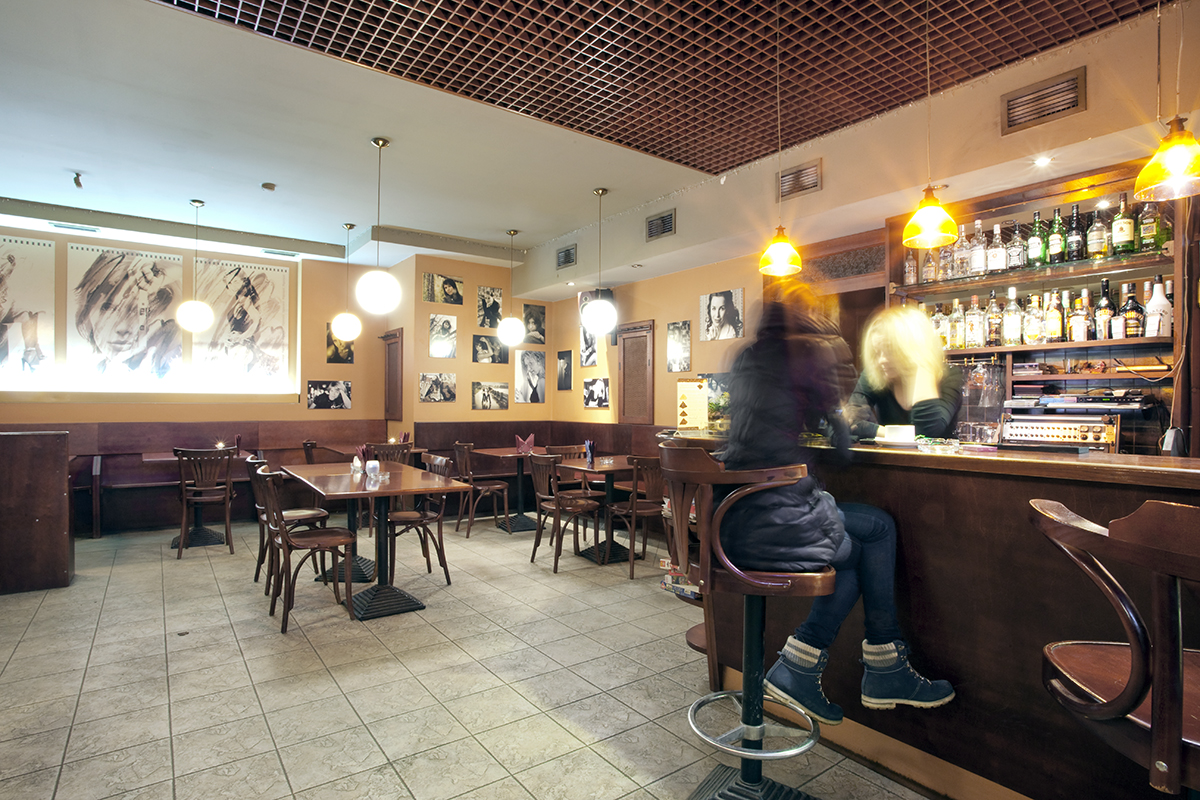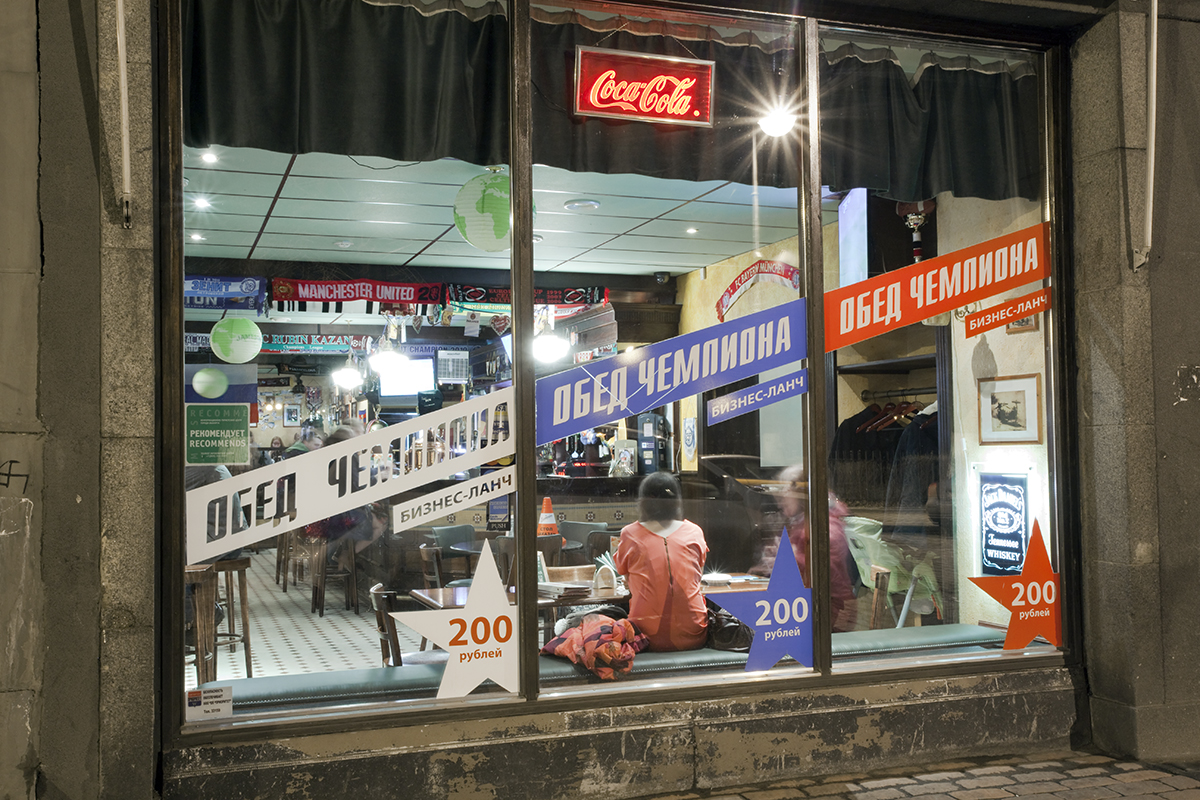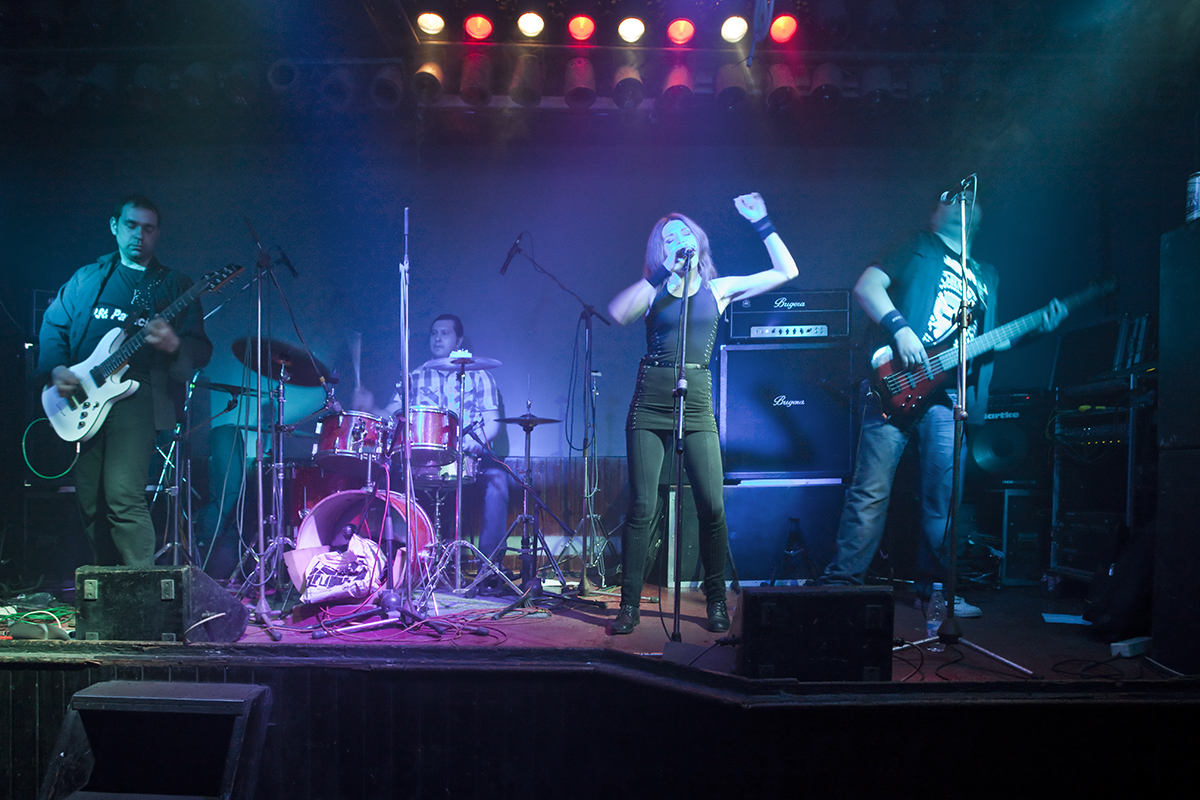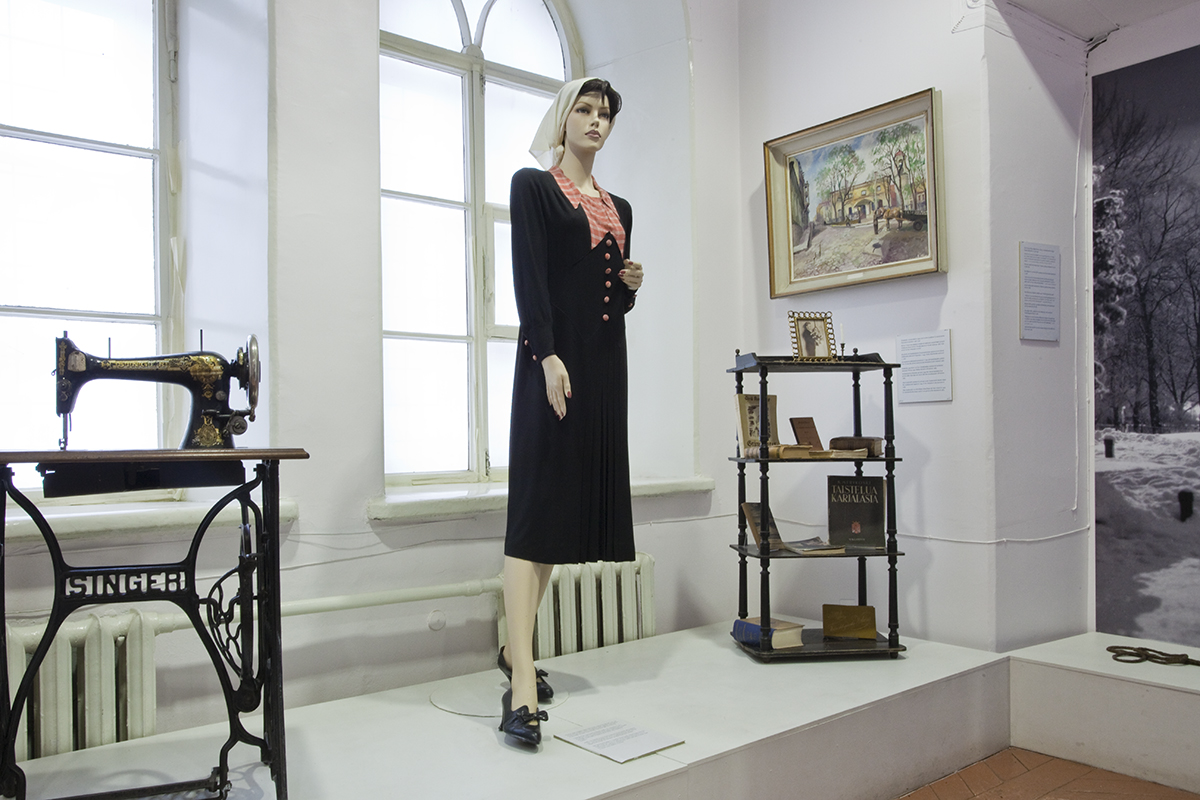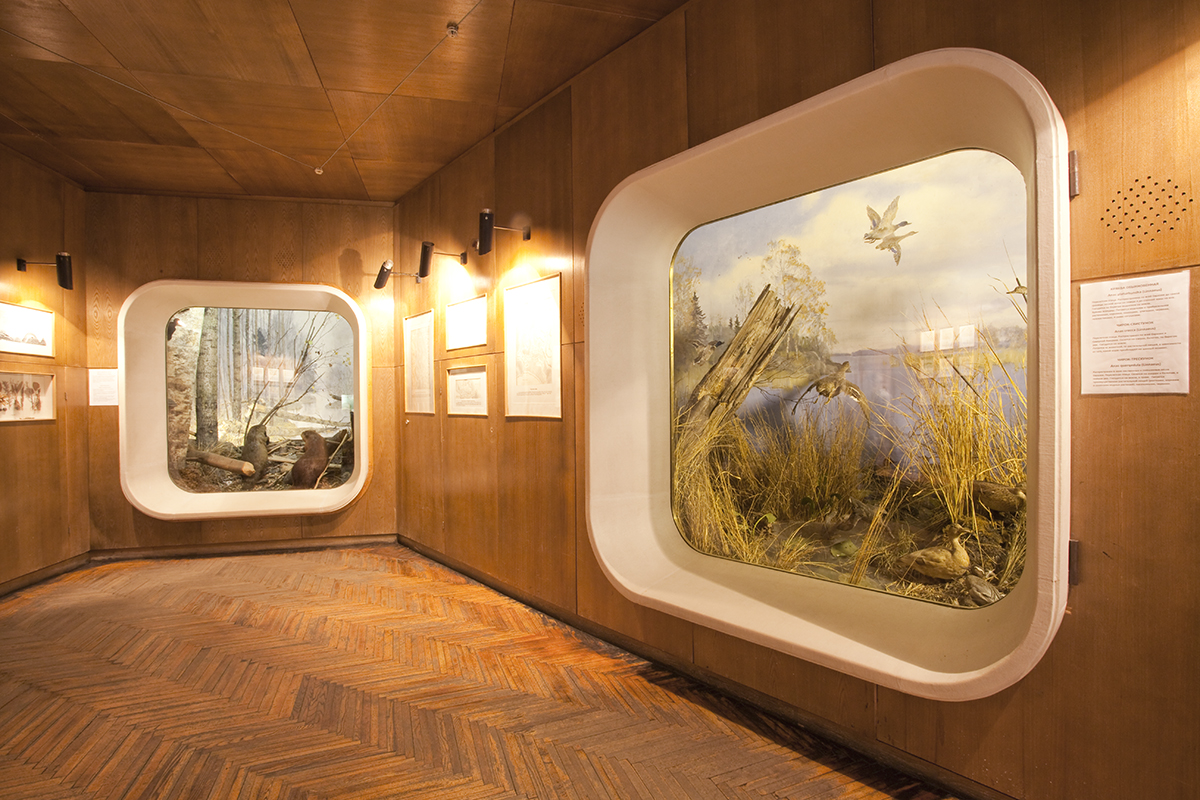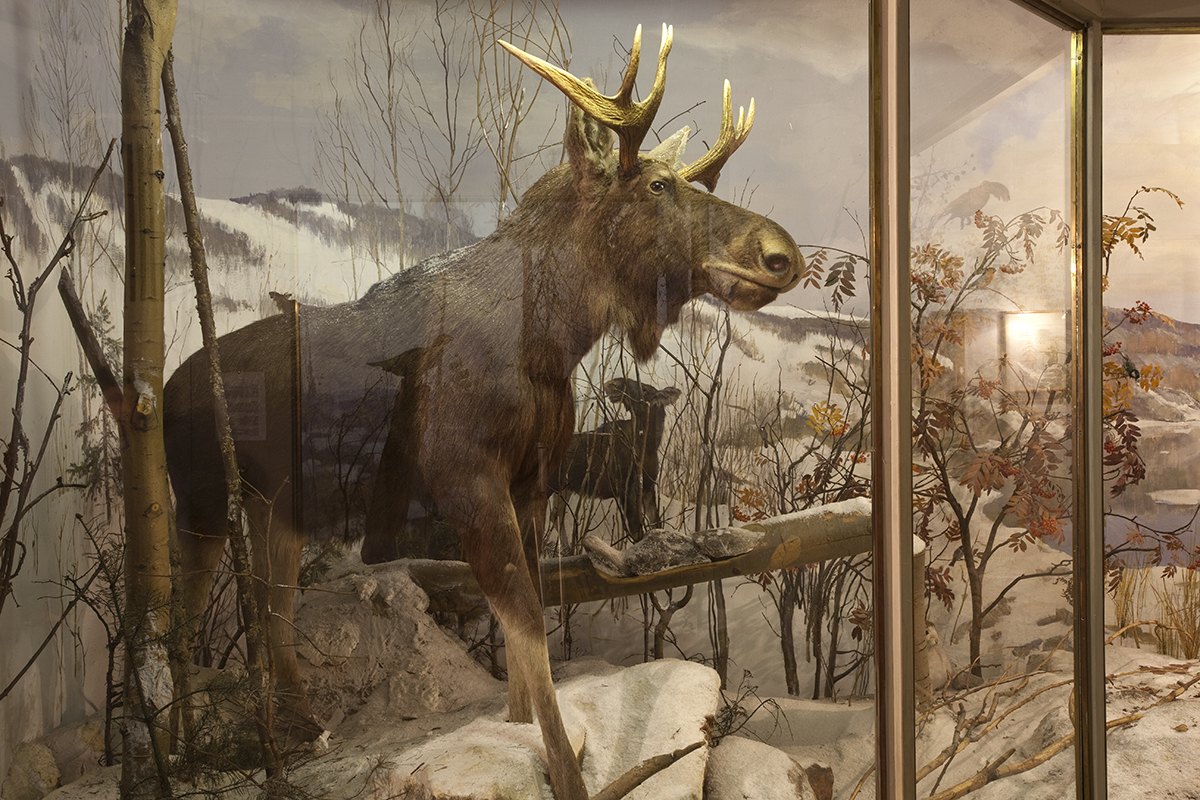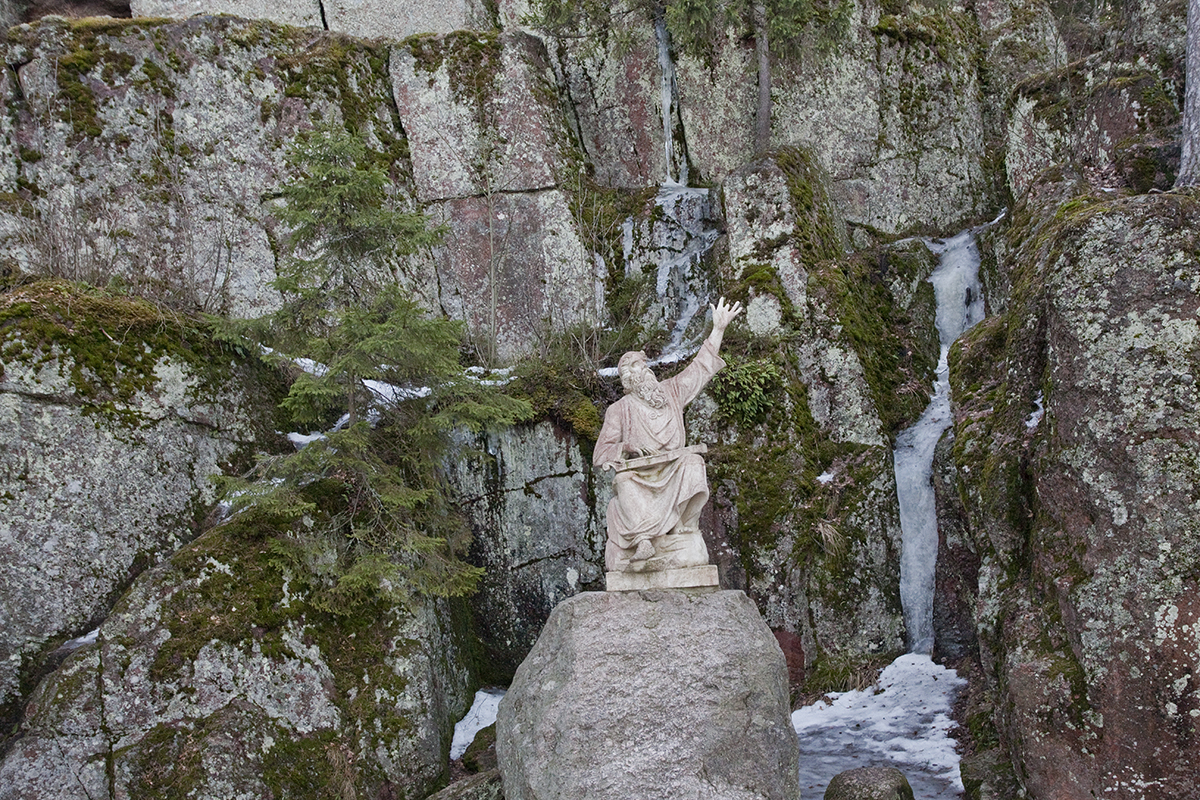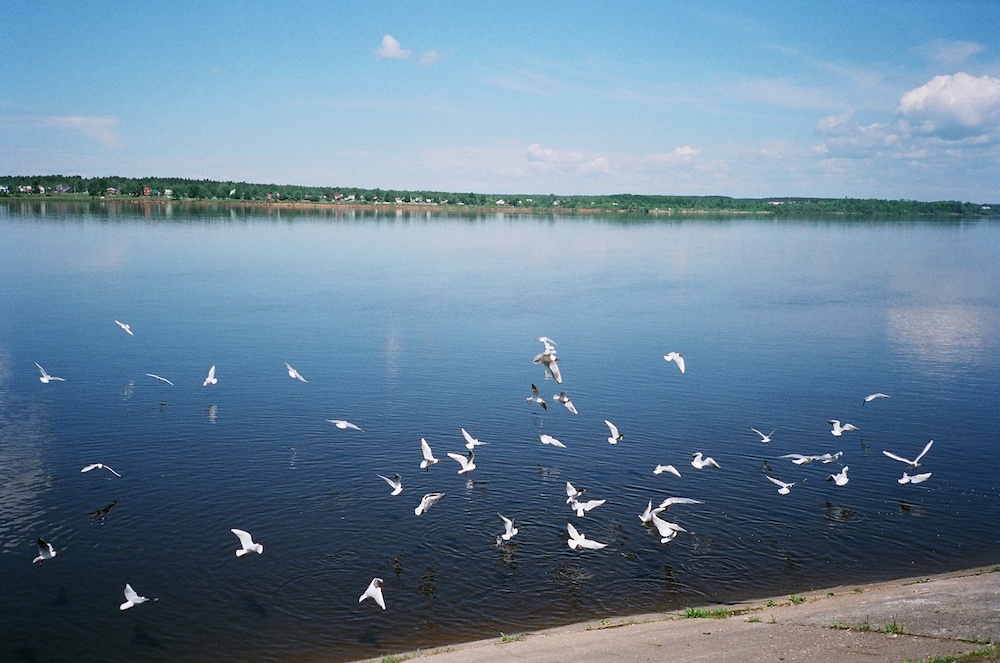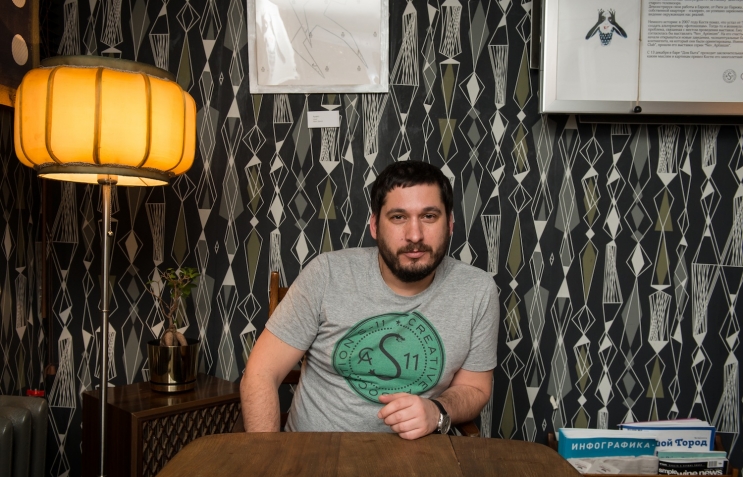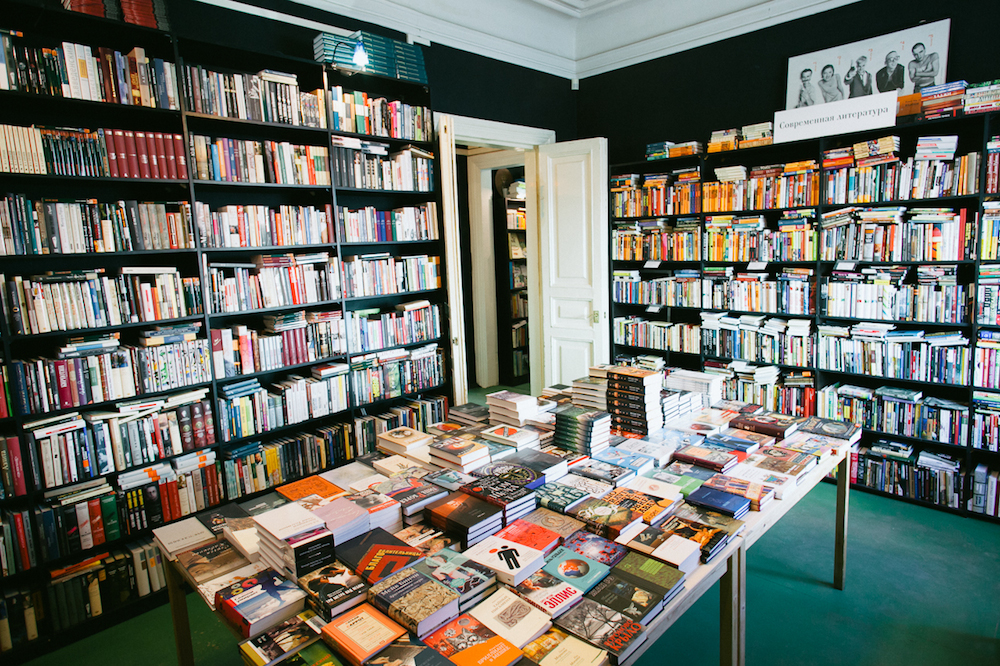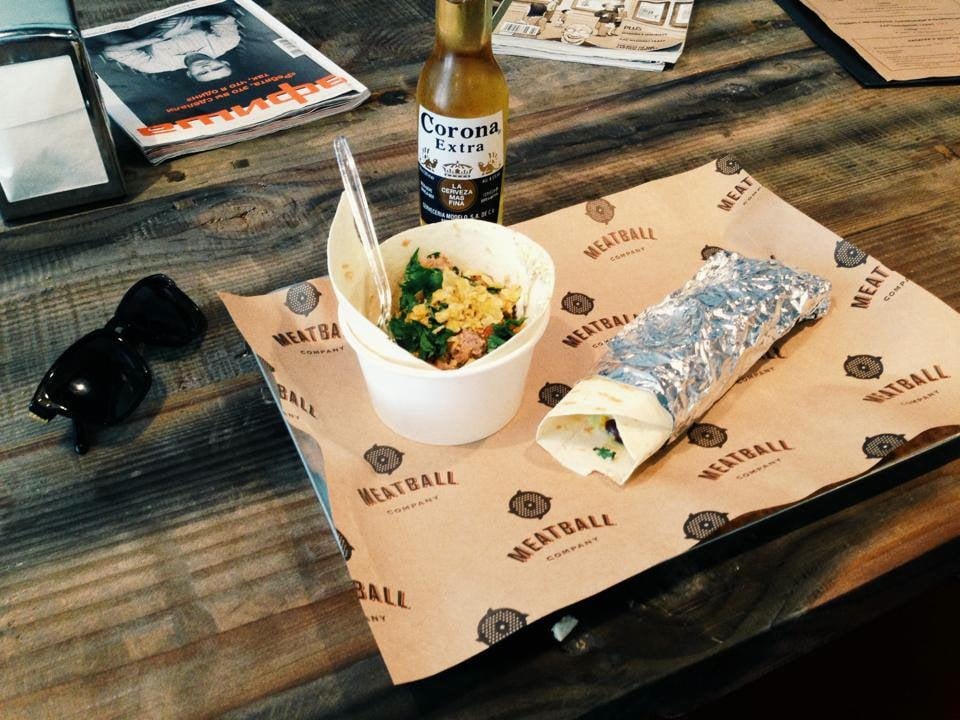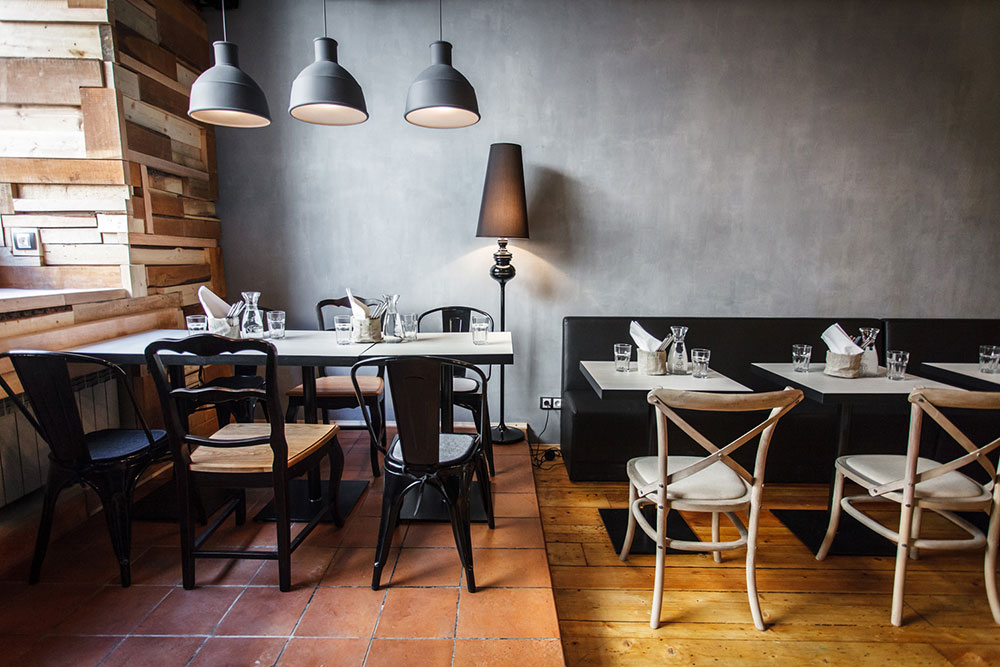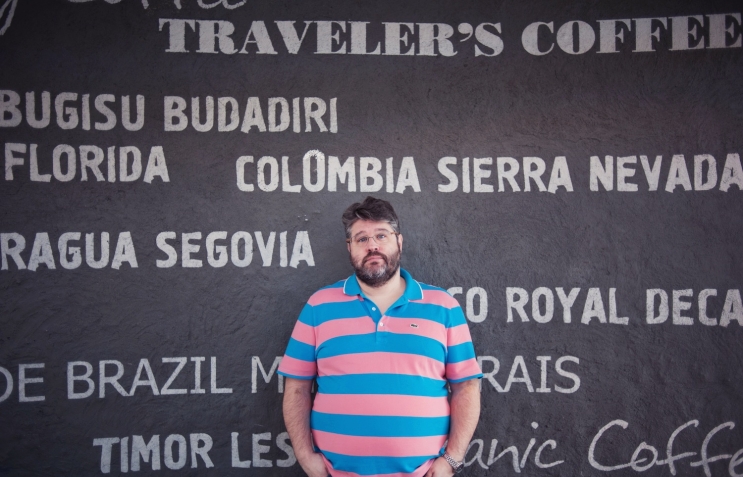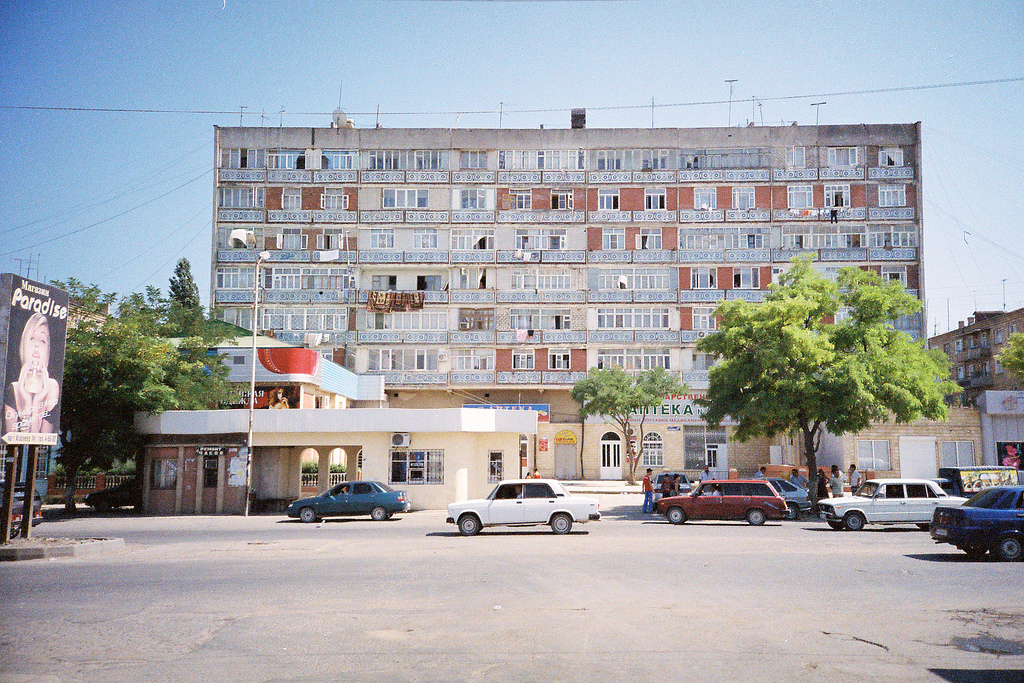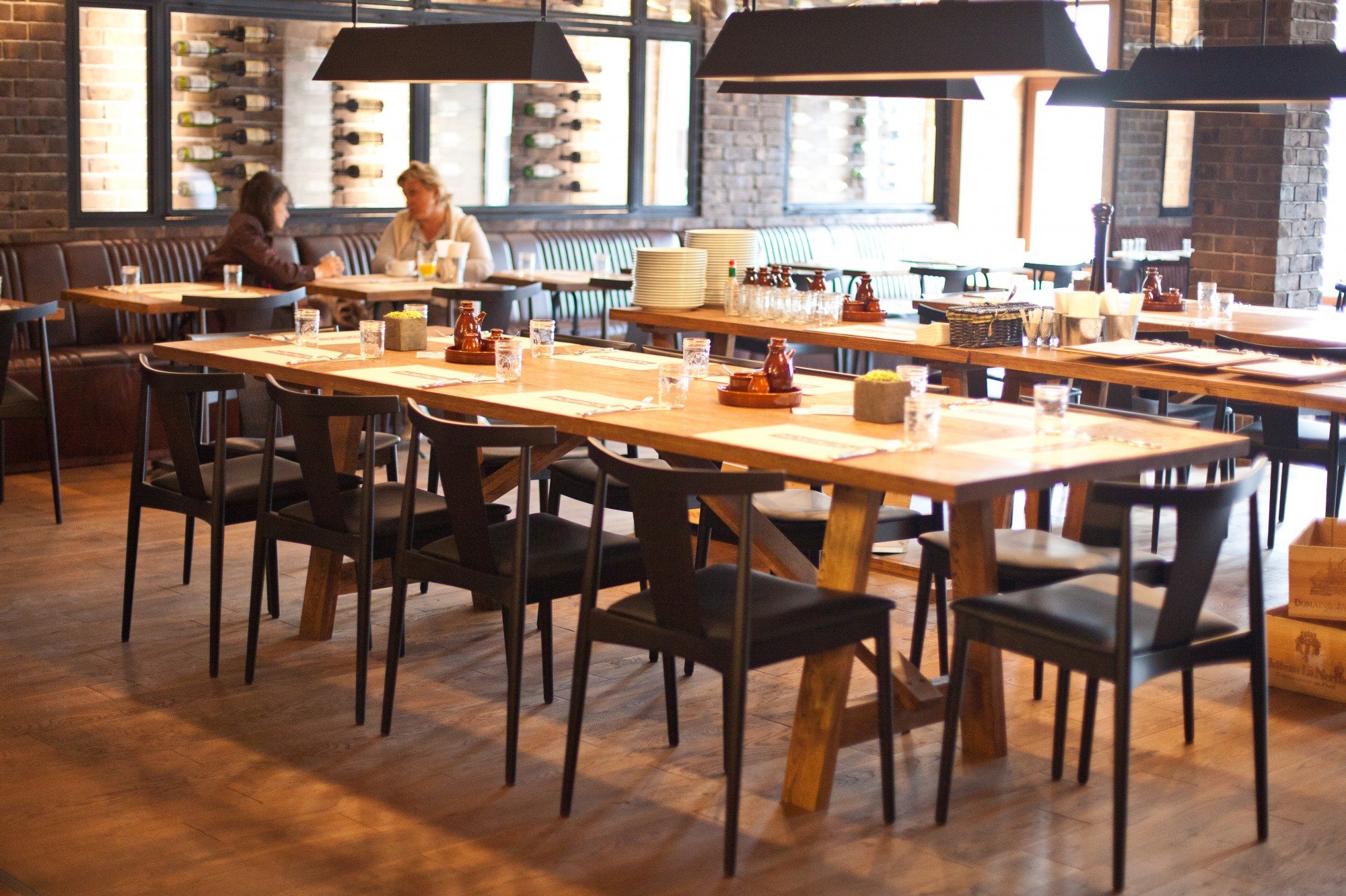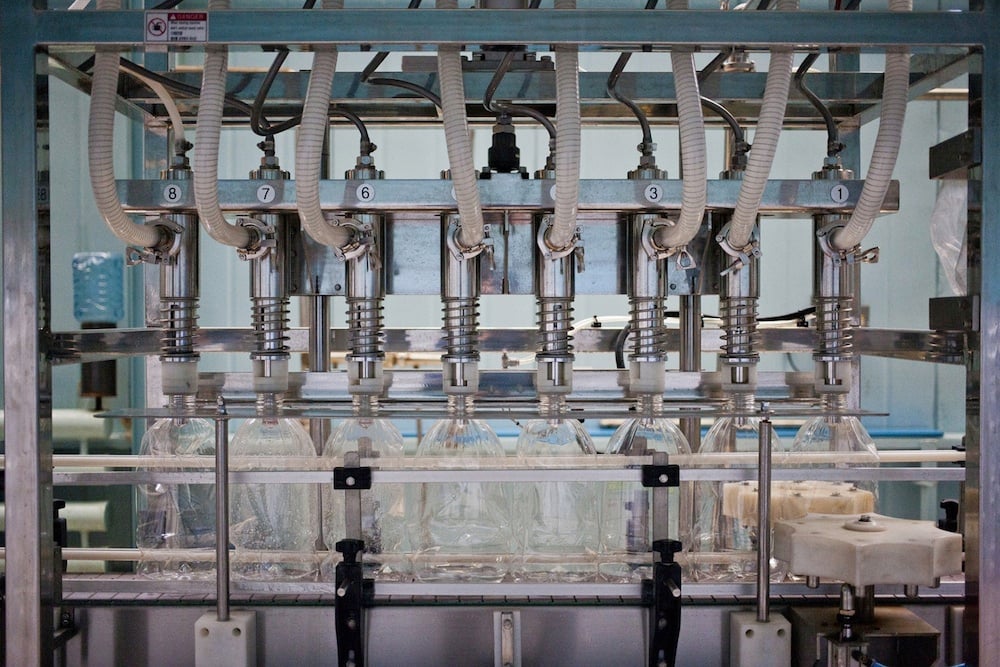24 hours in Vyborg: where Russia meets Finland meets Sweden
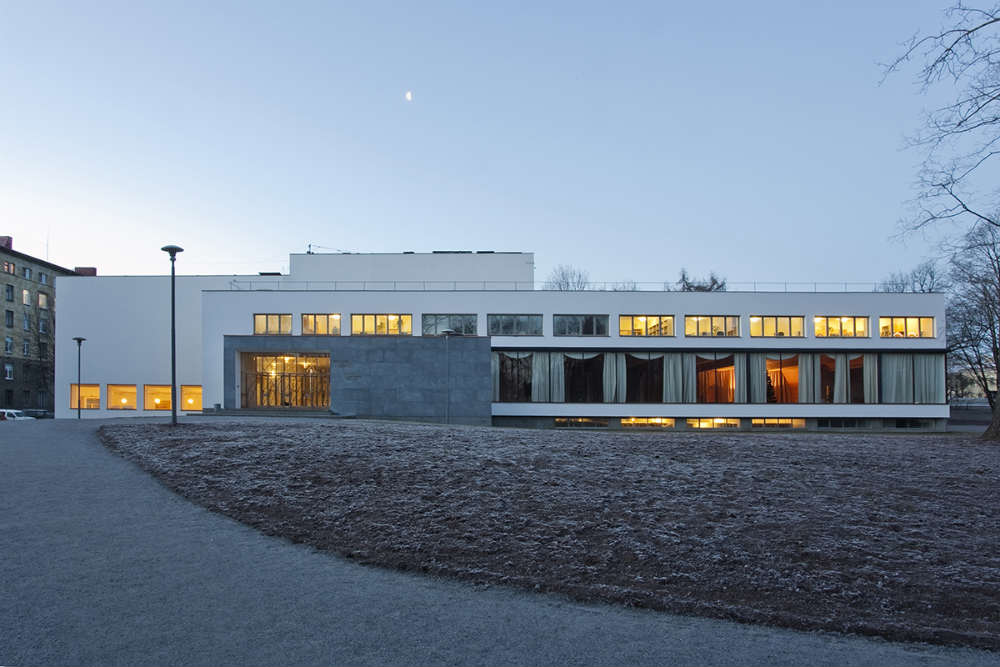
With its cobblestoned streets and medieval castle, the picturesque town of Vyborg makes the perfect day trip from St Petersburg
During the past 700 years, Vyborg, a picturesque provincial town on the north-east banks of the Gulf of Finland, has changed hands a number of times, moving back and forth between Sweden, Russia, Finland, the Soviet Union and Finland again before finally settling down with Russia. Today the cobblestoned city, which is just 130km from St Petersburg, is a favourite of Russian tourists, although its proximity to Finland ensures scores of holidaymakers from across the border who visit for the cheap clothes and cheap booze. Vyborg’s changing citizenship is evident in its landscape with buildings of different architectural styles — Art Nouveau, Functionalism and Nordic Classicism — nestled side by side.
On arrival, head straight to the Old Town, a maze of cobblestone streets that’s home to most of Vyborg’s main attractions. You could easily spend hours in the back alleys here, dipping in and out of antique shops, and stopping off for food and drink along the way. Highly recommended is The Treat Shop (23 Krepostnaya Street), which sells locally-made food such as Vyborg’s famous pretzels as well as mead, and homemade smoked cheese and meats. Close by is Guildhall Tower (15 Vyborgskaya Street), the only remaining watchtower that’s a reminder of medieval Vyborg.
Another popular sight is the Round Tower, a fortification in Market Square (Rinochnaya Ploshchad) that was built in the 16th century and is now home to a restaurant that serves up medieval-style banquets. Market Square itself has a choice selection of cafes including Doughnuts & Dumplings (near Krasnoarmeiskaya Street), where you can pick up a litre of Vyborg Ale for 100 roubles ($3). From here it’s just a short walk to the bridge that takes you to Vyborg Castle, a 13th-century medieval fortress on a tiny islet that now functions as a local history museum. Despite being overrun with tourists and kiosks selling tacky souvenirs, the Swedish-built castle is a highlight of any trip to Vyborg. For spectacular views across the city, climb to the top of St Olaf’s Tower, the castle’s only remaining tower.
Back on the mainland, make your way to the Hermitage-Vyborg Centre (1 Ladanova Street), an outpost of the St Petersburg State Hermitage Museum, that owns a sizeable collection of Finnish, Russian and European art. Take a detour via Salt Quay 3, where you’ll find Khlebozavod, a working, albeit dilapidated, bread factory that was once an impressive industrial project in the early 20th century. The Hermitage-Vyborg is just one of several modernist buildings dotted around the city, built by Finnish architect and Vyborg native Uno Ullberg in the 1920s and 1930s. Others include the Tuberculosis Hospital and the Avangard Stadium. If art isn’t your thing, you can always head to the viewing platform on the Panzerlax Bastion where the museum is located.
From here, make your way to the Alvar Aalto Library (4 Suvorova Avenue), another unmissable sight. Built by the acclaimed Finnish architect, the library is a preeminent example of 1930s functionalist design and has recently opened again after painstaking restoration. The library is best known for its wave-shaped auditorium, use of wood, and natural ventilation and lighting — the ceiling’s round windows provide the perfect light for reading — all features that later became known as characteristic of Aalto’s work. The librarians, some of whom speak English, are extremely proud of the building and happy to wax lyrical about its history with anyone willing to listen. The best route to the library is through Park Lenina where you’ll also find the Lutheran Peter & Paul Cathedral.
An hour’s walk or a short taxi ride away from the city centre is Park Monrepo, the perfect escape for anyone looking for a spot of tranquillity amid landscaped gardens complete with pavilions, lakes, bridges and sculptures. During the winter months, the massive, rocky park can look rather sinister.
At the end of the day, unwind at the British-style Champion Pub (3 Lenin Boulevard) where you can choose from an excellent selection of draught beer, burgers and salads. For a more local flavour, try Paparazzi just round the corner (5 Dimitrova Street). It’s the only place in town to get a decent cup of coffee or cocktail, although its walls, which are covered in photos of semi-nude women, may not be to everyone’s taste. To sample the local nightlife, Kochegarka rock club is your best bet. Here you can get your fill of cheap Russian beer and microwaved mashed potato while listening to heavy metal and rock bands from both Finland and Russia.
Where to stay
Central Vyborg is full of upmarket hotels with prices that match those of St Petersburg. Intrepid travellers could go for the Korolenko Hotel on an anchored Soviet ship with — so say the reviews — cabins that stink to high heaven. Next door is the legendary, if somewhat rundown, Druzhba Hotel, a Soviet-era hotel with a pool, sauna and tennis courts with unbeatable views across the city. For travellers on a budget there’s Vyborghostel (4 Vyborgskaya Street). It’s the only hostel in town so make sure you book ahead. Rooms are spartan but clean and the hostel is only five minutes’ walk from the castle and is next to a bicycle rental shop.
Getting there and around
Trains go from St Petersburg to Vyborg ten times a day and the journey takes around two hours and 20 minutes. The express train, which leaves in the morning and evening, costs the same (around $7) but only takes an hour and a half. Buses leave St Petersburg every half an hour from a stop near Parnas metro station, taking around two hours at a cost of 250 roubles ($7). Once in Vyborg you’ll be able to explore most of the city on foot. A taxi to Monrepo Park should cost around 150 roubles ($4).
